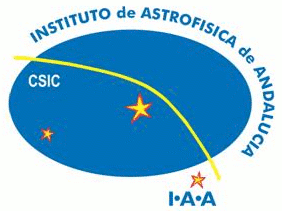In the 1960s Benoit Mandelbrot proposed two different types of theory [1,2] to describe “anomalous” observed aspects of the world that differ from some of our most familiar models such as white noise, Brownian motion and renewal processes such as the random telegraph. His contribution to the first type is much better known than his role in the second, as he evidently realised when collecting his papers late in life. I will try to show how comparing and contrasting both theories, as he did in the resulting Selecta volumes [1,2], can help us think about fundamental issues such as those of this workshop.
The better-known work [1,3] concerns fractional Brownian motion (fBm; Comptes Rendu, SIAM Review and Water Resources Research, 1965-68) in which continuous-time Brownian motion acquires a non-Markovian memory kernel. Discreteness must be considered when the “derivative” fractional Gaussian noise (fGn) is used, and when the fBm and fGn time series are simulated at uniform intervals. fBm and fGn have found widespread use in modelling “anomalous” geophysical, astrophysical, hydrological and other time series, including the Nile river data that gave the first evidence of the Hurst effect. I will also touch on the related ARFIMA discrete model, now standard in econometrics and statistics [3]. Like fGn, this fractionally differenced model enables the modelling of long range dependence, but also has adjustable short range dependent terms, making the link to the ARMA models that Jeff Scargle will discuss.
His much less well known work [2,4] was on fractional renewal models (IBM J. Research development, IEEE Trans. Communications Technology, IEEE Trans. Inf. Theory, 1963-67). These can be viewed as extensions of the random telegraph, and model processes with a variable waiting time between events. They are often referred to as fractional time processes, as the waiting times are typically drawn from a heavy tailed probability distribution. He contrasted them [2, page 207] with his fGn models in the quote that the conveners have highlighted : There is a sharp contrast between a highly anomalous (“non-white”) noise that proceeds in ordinary clock time [i.e. fGn] and a noise whose principal anomaly is that it is restricted to fractal time [i.e. the fractional renewal class]” Although such models have now become the focus of intense interest in physics in the context of weak ergodicity breaking, and non-ergodic systems where a single trajectory cannot be taken to be representative of an ensemble, Mandelbrot’s pioneering role in them, in which several key results were obtained, has been largely forgotten [4]. I will explain what we can gain from looking back to 1967, and comparing this thread with the ergodic fGn class.
[1] Mandelbrot, Gaussian self-affinity and fractals: globality, the earth, 1/f noise and R/S, Selecta volume H, 2002.
[2] Mandelbrot, Multifractals and 1/f noise: wild self-affinity in physics, Selecta volume N, 1999.
[3] Graves et al, A brief history of long memory: Hurst, Mandelbrot and the road to ARFIMA, arXiv, 2014, submitted to Entropy.
[4] Watkins, Mandelbrot’s 1/f fractional renewal models of 1963-67: The non-ergodic missing link between change points and long range dependence, arXiv, 2016, submitted to proceedings of ITISE 2016.
Nicholas Watkins






